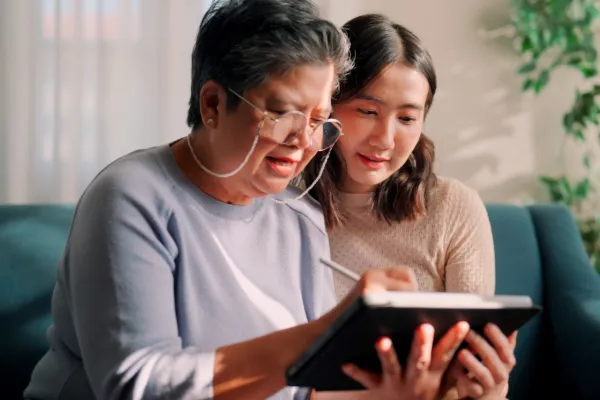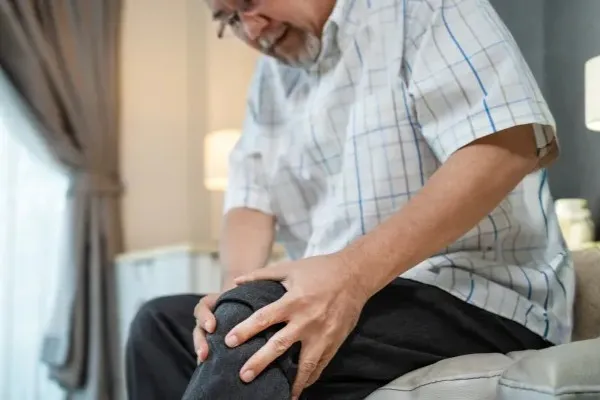Topics
Importance of Gross Motor Skills in a Child's Development
Gross motor skills are fundamental movements that require the coordination of large muscle groups. They are often seen in activities like running, jumping, and climbing.
From a child's initial steps in walking to the development of more refined athletic abilities, gross motor skills are the building blocks for physical development, influencing movement, cognitive, and social aspects.
Gross motor skills are developed through activities that involve large muscle groups, such as the legs, arms, and trunk. These skills are crucial for various physical activities and play a significant role in a child's daily life.
Gross motor skills contribute to a child's physical well-being by promoting strength, flexibility, and endurance. Activities that involve gross motor skills, such as running, jumping, and climbing, help keep children physically active and support the development of a healthy lifestyle.
There is a strong connection between gross motor skills and cognitive development. Gross motor skills lay the foundation for more complex cognitive functions, as they stimulate brain development and neural connections. Activities that require coordination and balance contribute to improved cognitive abilities.
Gross motor skills are essential in emotional development, self-confidence, independence, and peer acceptance. These activities allow children to explore and experiment with their bodies, building self-confidence and self-esteem.
Many activities involve gross motor skills, such as group sports, games, and outdoor play. Engaging in these activities helps children develop social skills, including teamwork, cooperation, and communication.
Gross Motor Development Chart for Children
| Age | Developmental Milestones |
|---|---|
| 0-6 months |
|
| 6-12 months |
|
| 18 months |
|
| 2 years |
|
| 2.5 years |
|
| 3 years |
|
| 4 years |
|
| 5 years |
|
| 6 years |
|
Gross Motor Skills Activities for Toddlers & Preschoolers
Gross motor skills activities are important for toddlers (1 to 3 years of age) because they help develop physical abilities and build confidence as the child gains strength and coordination in movement abilities.
As children grow older, their gross motor skills continue to develop. Therefore, preschoolers (3 to 5 years of age) need opportunities to practice these skills and improve their coordination and balance.
Some examples of gross motor skills activities:
| For Toddlers | For Preschoolers |
|---|---|
|
|
Make an Appointment at Gleneagles Hospitals
Whether you are a parent, caregiver, or educator, it is important to provide support for the development of gross motor skills in children to empower them to engage with the world confidently and independently.
Get in touch with us to book an appointment with a paediatrician today, or find out more about the Paediatrics Services at your nearest Gleneagles Hospital.



.webp?sfvrsn=49233514_7)




